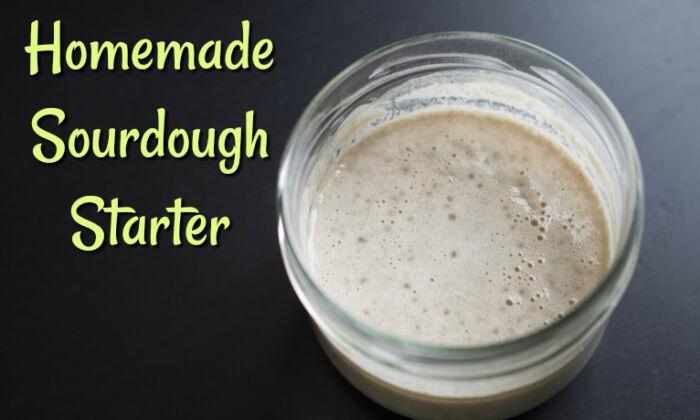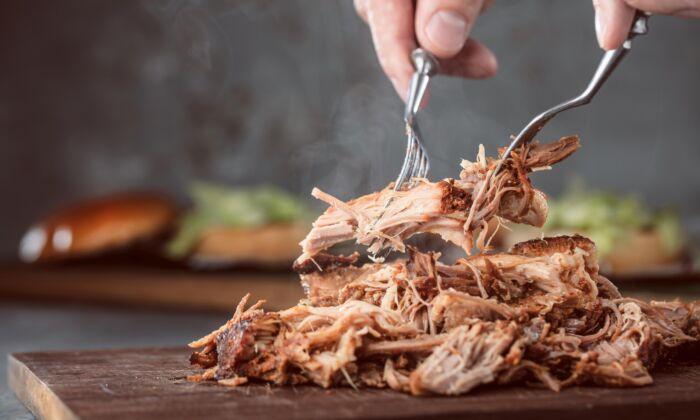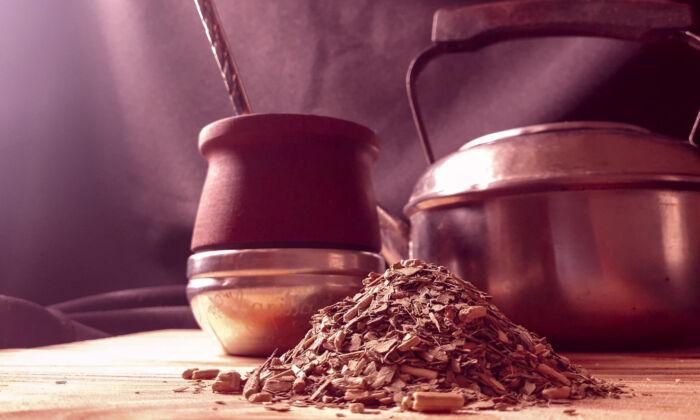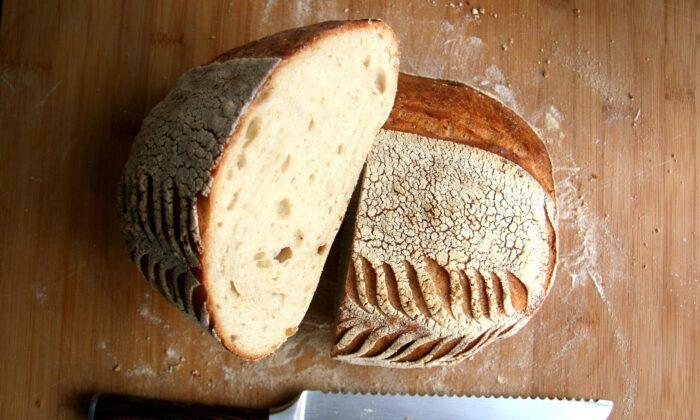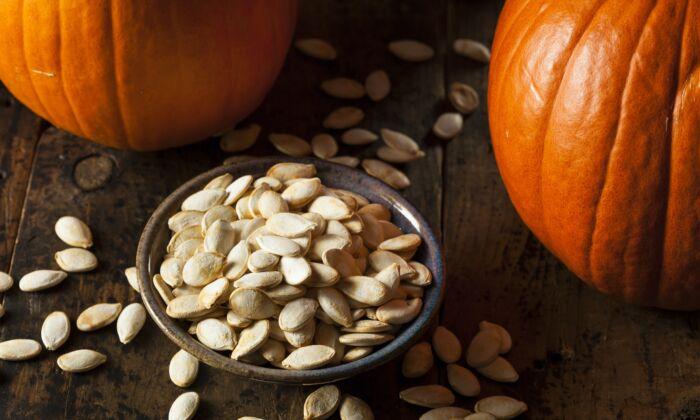When I first got into Traditional Food in 2001, I pretty much had to make anything and everything myself. The reason is because there were few companies (and none in my local area) that made the type of food I was seeking. Worse, few people understood what I was even talking about! This was true even with the perennial favorite sourdough bread. My quest to learn how to make sourdough starter was usually met with puzzled expressions.
“Isn’t using yeast the proper way to get bread to rise? Isn’t this the way it’s always been done?” people would blankly ask.
“If the bread is organic, isn’t that good enough?”
Yeast for breadmaking is relatively new in the grand scheme of human history. In fact, when baker’s yeast was first introduced as an alternative to true sourdough starter in France in the mid-1600s, it was strongly rejected. Renaissance scientists at the time knew that this quicker, more convenient approach to breadmaking would negatively affect public health.
Ancestrally prepared bread never contains added baker’s yeast!
In addition to the absence of baker’s yeast to make the bread rise, true sourdough bread as baked by traditional cultures throughout the world and by my own ancestors in Northern Europe – the type of bread ideal for my personal genome – is baked at a lower temperature for a longer period of time which protects the integrity of the proteins in the cereal grains as well as the nutritional value. This slower, more careful preparation method also eliminates anti-nutrients such as phytic acid. These substances interfere with proper digestion and block absorption of the minerals in the cereal grains. Traditional preparation also helps breaks down gluten, a very difficult to digest plant protein.
Best of all?
When you eat traditionally prepared sourdough bread (not the fake sourdoughs at the store that use yeast), you only eat a little because it is so filling!
Homemade Sourdough Starter
Are you convinced yet that traditionally prepared bread is the way to go if you choose to consume carbs (which I do … I love bread!)The next step then is to get hold of sourdough starter to try your hand at making a loaf.
Rye Flour Works Best (but you can go gluten free too)
Note that learning how to make sourdough starter really requires freshly ground rye flour. The chances of the starter “taking” are highest going this route.If you use store-bought flour, even if organic, or another type of grain, it is likely the starter will not take and grow mold before it is ready. I know this from experience!
Note that even if your starter is made from rye, you can still use it to make sourdough bread with whatever flour you like!
To emphasize this point one more time, you will get your best results from making your sourdough starter with rye flour instead of wheat. Once your sourdough starter is ready, you can, of course, bake your bread with whatever grain you like. It’s just best to use rye for the starter alone .. you don’t have to make rye bread with it, in other words.
Buying Bread Starter
It’s true. Making a sourdough culture is not a fast process. Even though it doesn’t take a lot of hands-on time, it takes a full week of waiting to let Mother Nature do her thing. And, sometimes, despite your best efforts, the sourdough starter fails and gets mold on it before the 7 days is up.Sourdough Starter Recipe
Easy to follow homemade sourdough starter recipe to enjoy traditionally prepared, easy to digest sourdough bread made from whichever grain you choose.If the weather is good, set the bowl outside in the shade if you live in an unpolluted area and you don’t spray any pesticides around your yard. If this is not possible, set the bowl in a warm, open area like an indoor patio.
Days 2-7: Every day for a total of 7 days, transfer the ripening sourdough starter to a clean bowl and add 1 cup of fresh flour plus 1 cup of cold water or even a bit more to make the mixture soupy. Cover with a fresh cheesecloth and let stand.
Sourdough Starter Storage
If you need to go on vacation or take a break from breadmaking for a while, this article on how to store sourdough bread starter can help.Ready To Make Sourdough Bread?

Reference
Nourishing TraditionsMore Information
Can Celiacs Eat True Sourdough Bread? Einkorn Sourdough Crackers with Nut Butter Benefits of Farro
